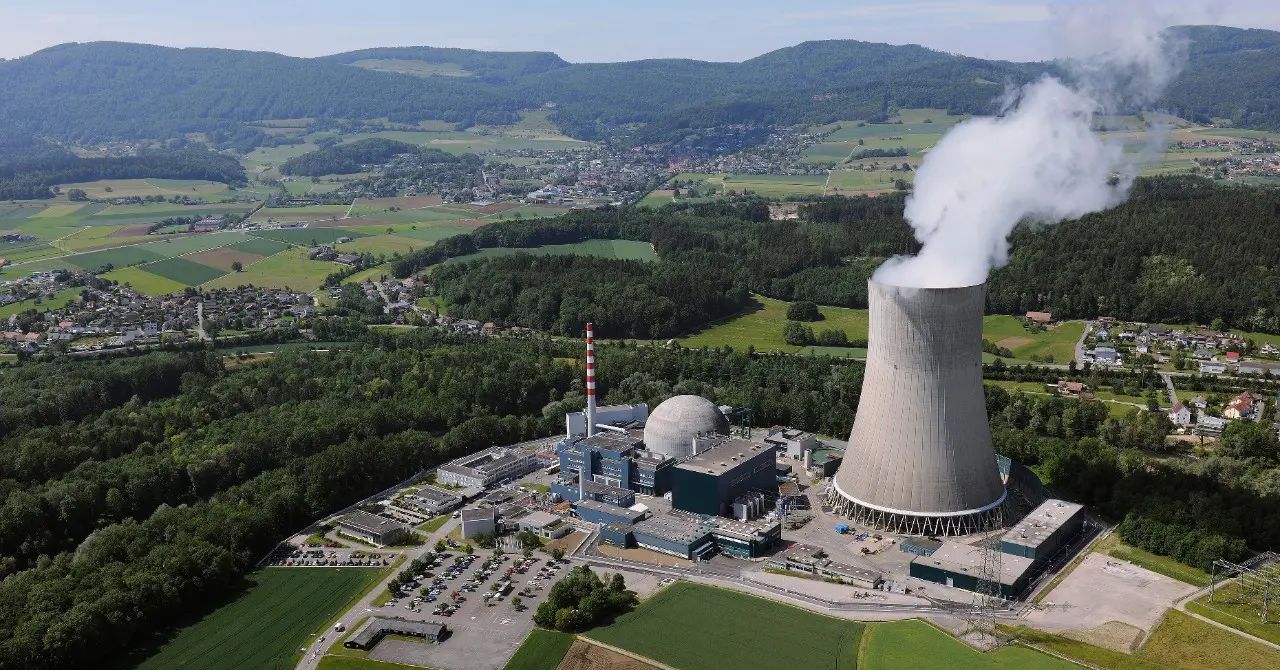Engineering Services and Support of QA: Application and enhancement of TRACE model
Overview
- Employer:
Gösgen Nuclear Power Plant - Implementation period:
march 2018 – april 2018

Client
The Gösgen Nuclear Power Plant (in German Kernkraftwerk Gösgen, abbreviated in KKG) is located in the Däniken municipality (canton of Solothurn, Switzerland) on a loop of the Aar river. It is operated by the public-private Kernkraftwerk Gösgen-Däniken AG.
The KKG has a pressurized water reactor designed by the German Kraftwerk Union AG, a then subsidiary of Siemens AG, then Areva NP and now part of Framatom. It contains 177 fuel assemblies, 48 of which are equipped with control elements. Each fuel assembly can hold up to 225 rods, but only 205 (204 for the MOX ones) are occupied by the fuel rods. The remaining 20 channels are reserved to the control rods. Rated parameters of the reactor installation are 324 ⁰C and 153 bars. The thermal power is 3002 MW (3062 MW for 104 % power).
The reactor installation has three primary side loops. The three steam generators of vertical type transfer the heat to the secondary coolant loop at 65 bar and 280 ⁰C. The turbine is composed of a high-pressure and three low-pressure units. It generates a net electric power of 970 MW that is delivered to the 400 kV power grid.
Scope
In the frame of the project are introduced changes into the current reactor installation model (modelled via TRACE program) in order to analyse new strategies beyond design basis accidents management (without core melt).
The scope of the activities included in the project may be summarized as follows:
- Upgrade the TRACE_KKG model for analyses of beyond design basis accidents
- Performance of series of runs with LOCA (Dn 25)
- Performance of series of runs with LOCA (Dn 50)
- Performance of series of runs with LOCA (Dn 100)
he main success criteria are the fuel cladding temperature (below 800 °C or less than 1200 °C for short period) and relatively stable flow through the operable TH17D001 or/and TH37D001 pumps.
Outcome
The KKG model for design and beyond design (without core melt) basis accidents is developed with TRACE program and is adapted for the purposes of this project for analysis of the strategies developed by ERNOS project.
These strategies includes automatic opening of the ARV (steam dump to atmosphere) valves with transfer to cooling mode with 100 K/h rate and startup of the special emergency injection pumps (TH17, 37D001) by operator when the conditions are met.
The results of the performed runs are analyzed from the point of view of the reactor installation main parameters behavior (reaction) and as well as for meeting the success criteria.
For all of the performed accident scenarios it is concluded that the available configuration of safety systems together with the automatic operation of the secondary side cooldown leads to a stable cold state of the unit.
